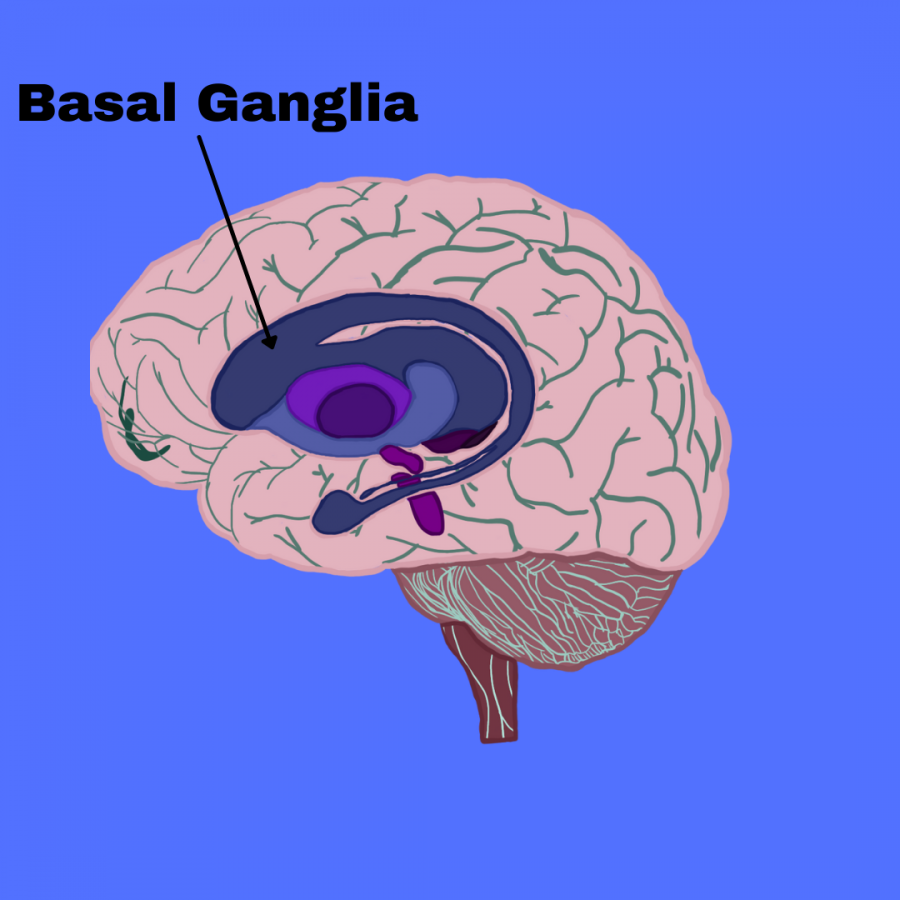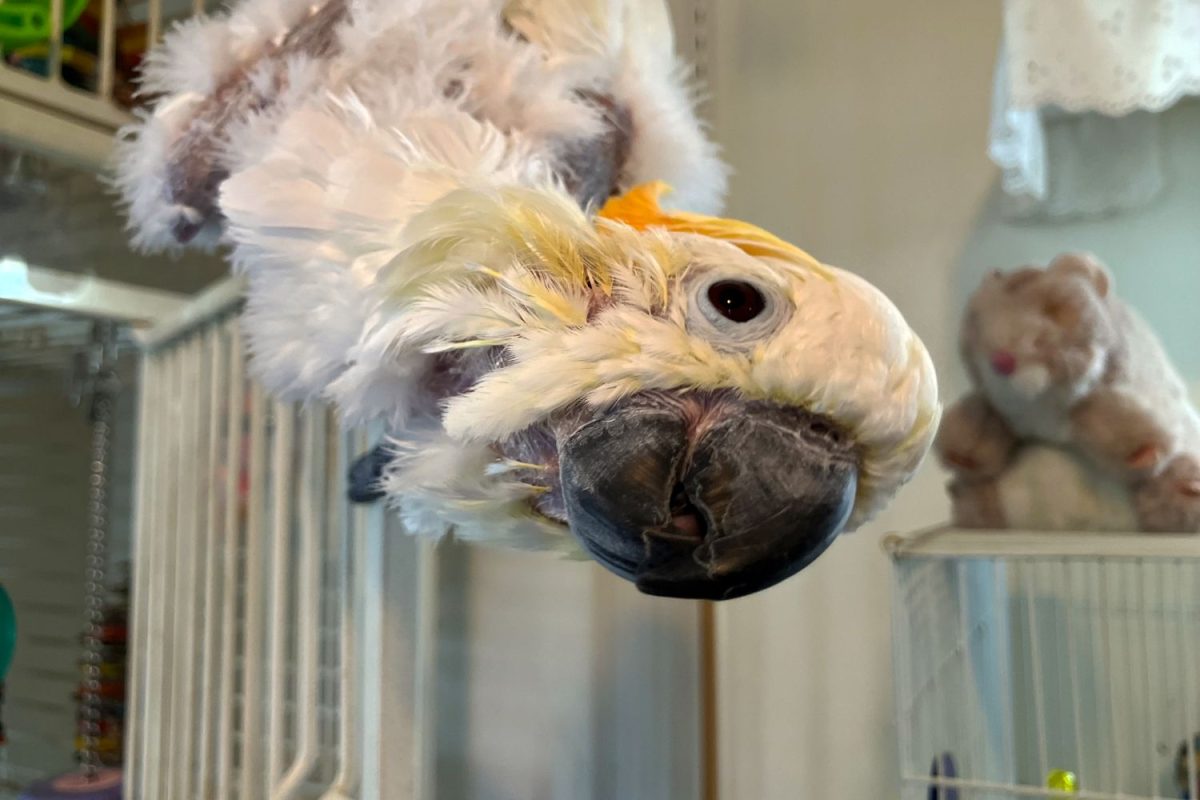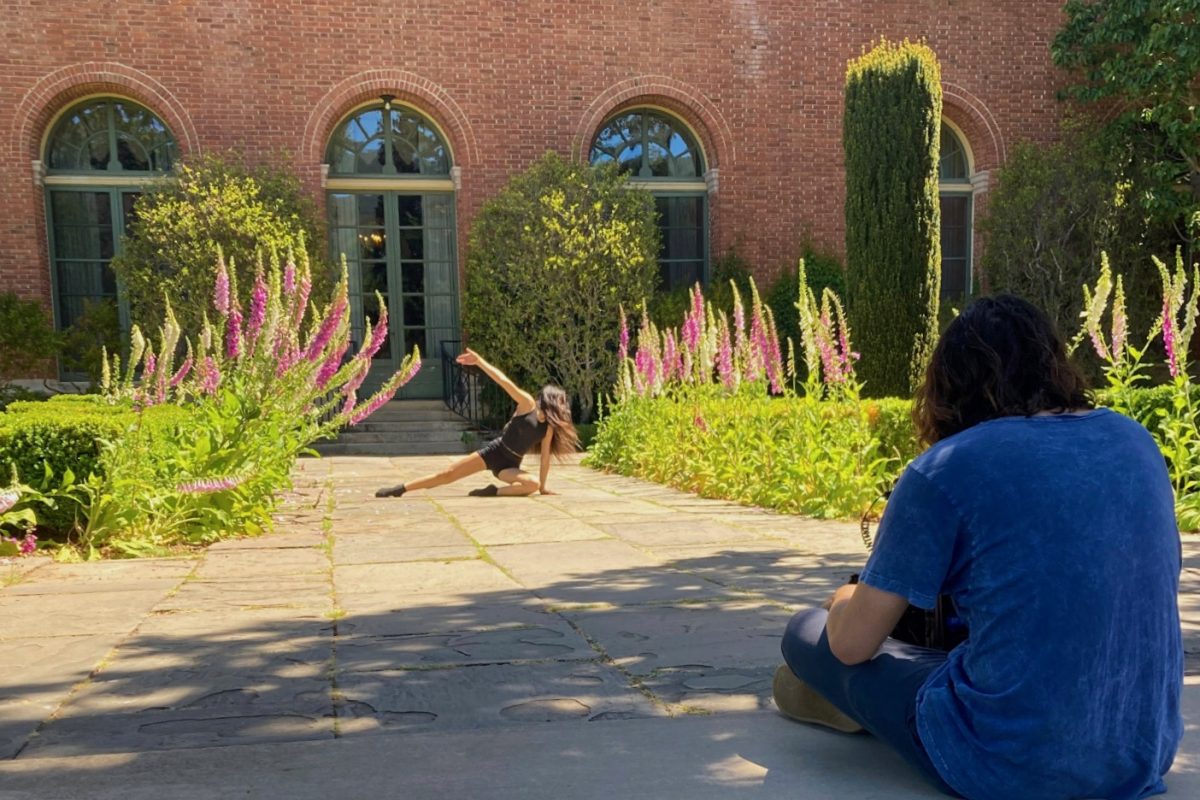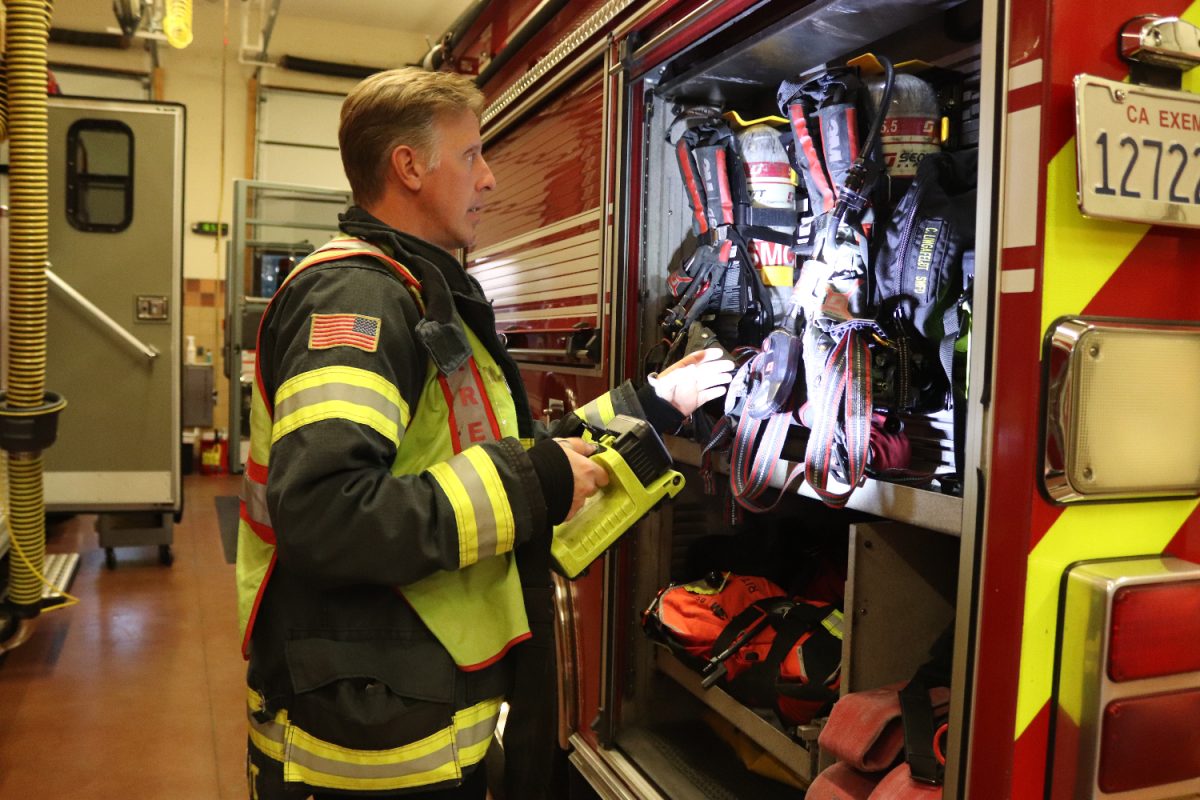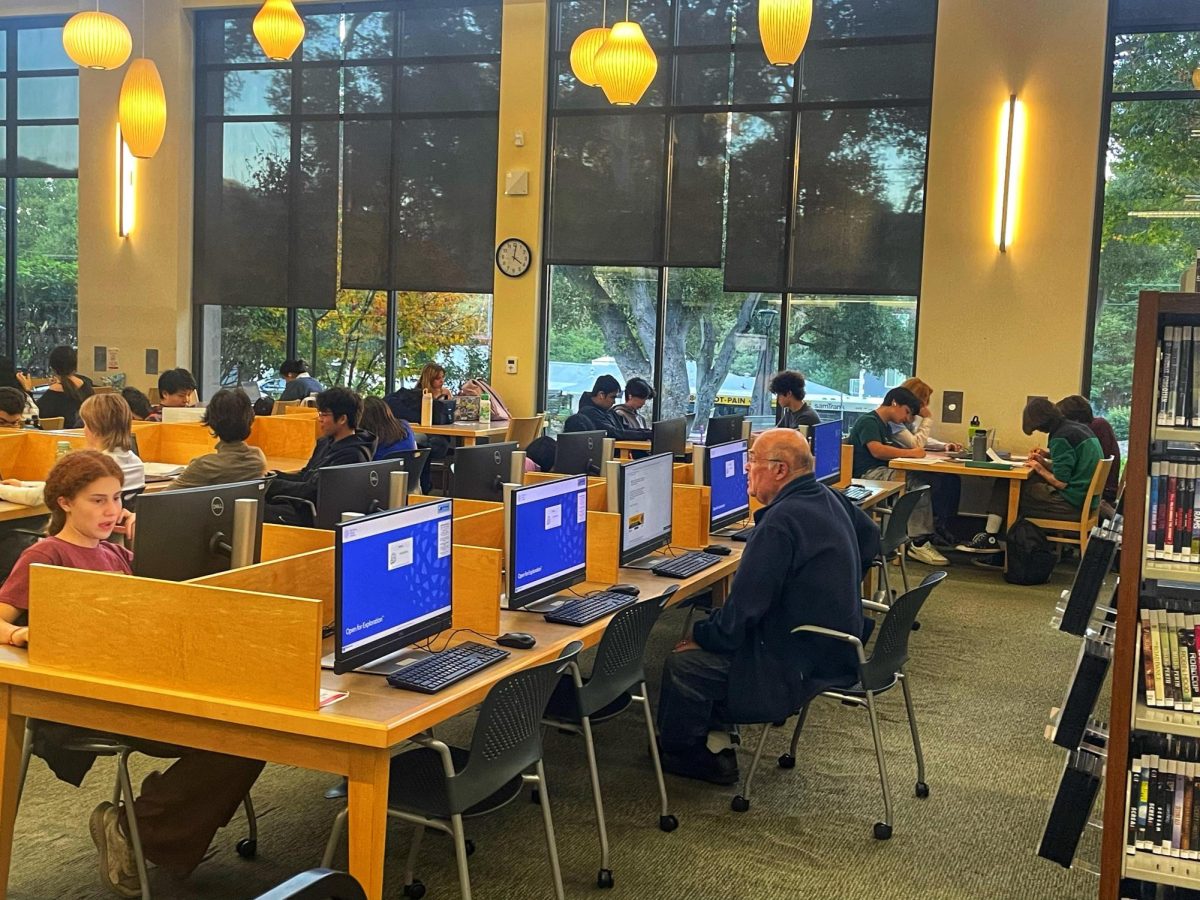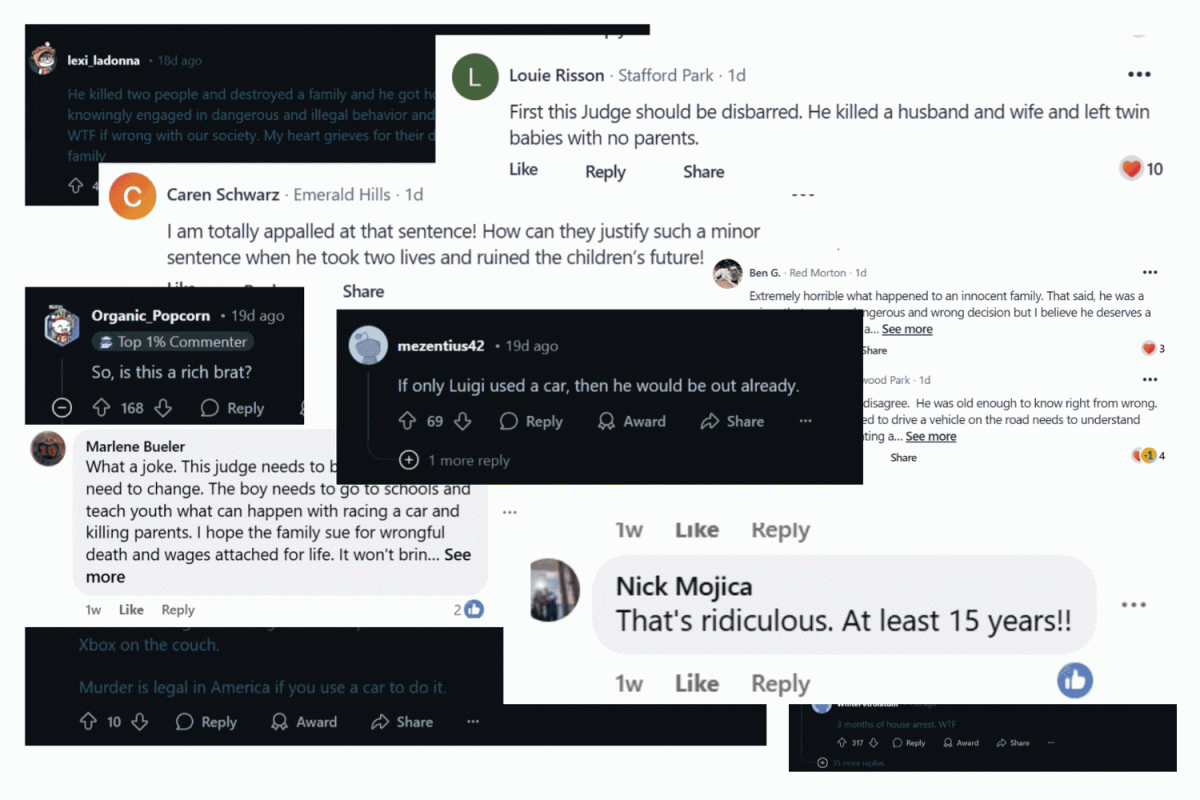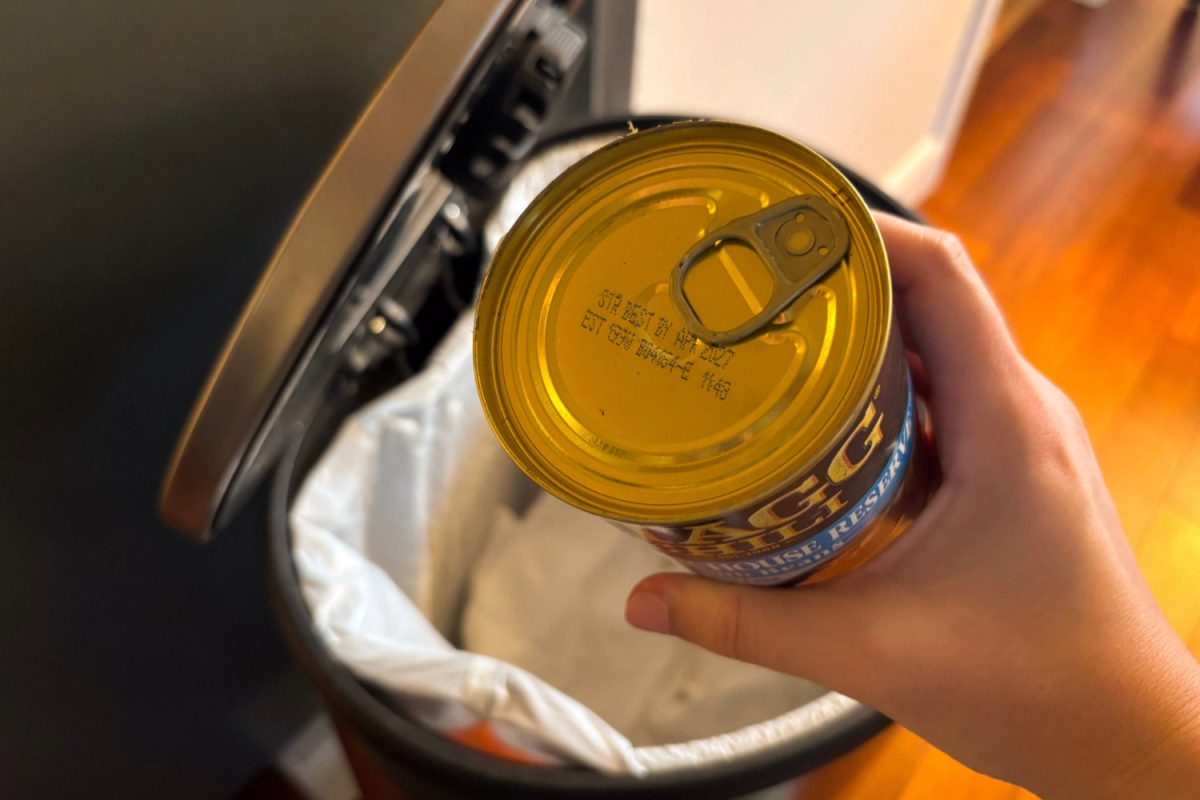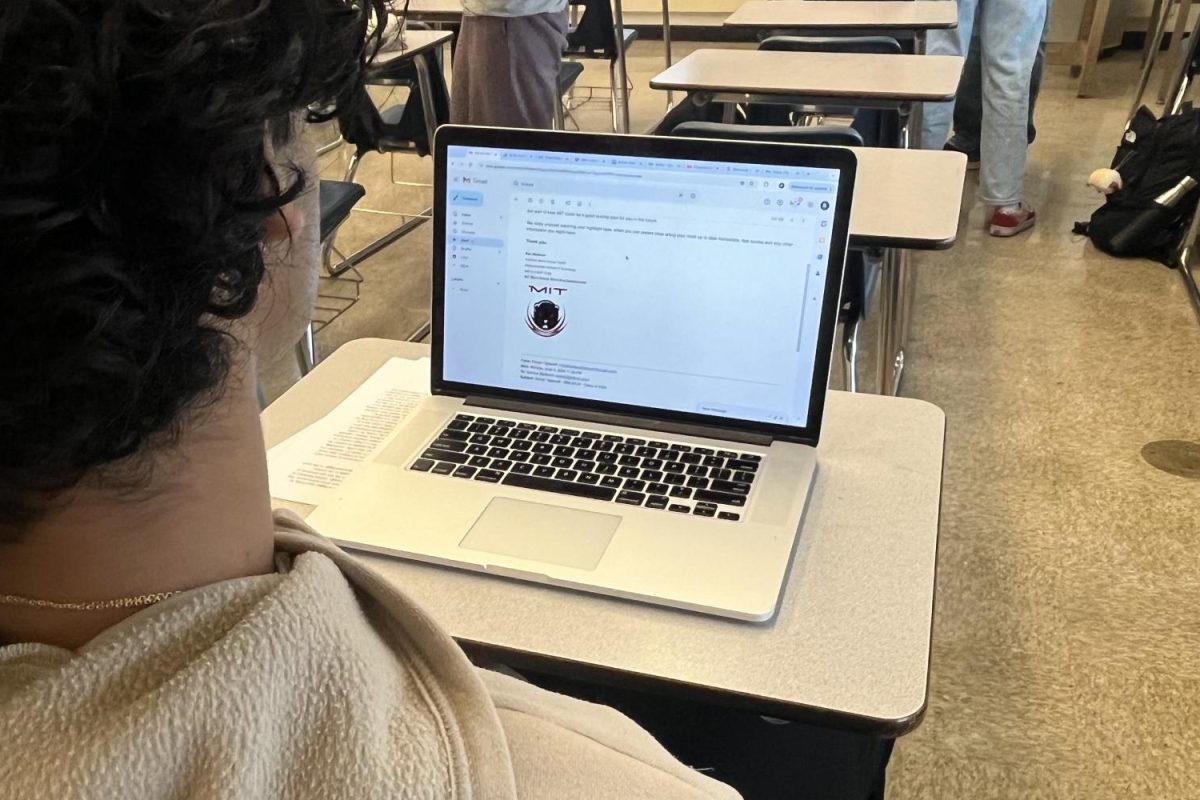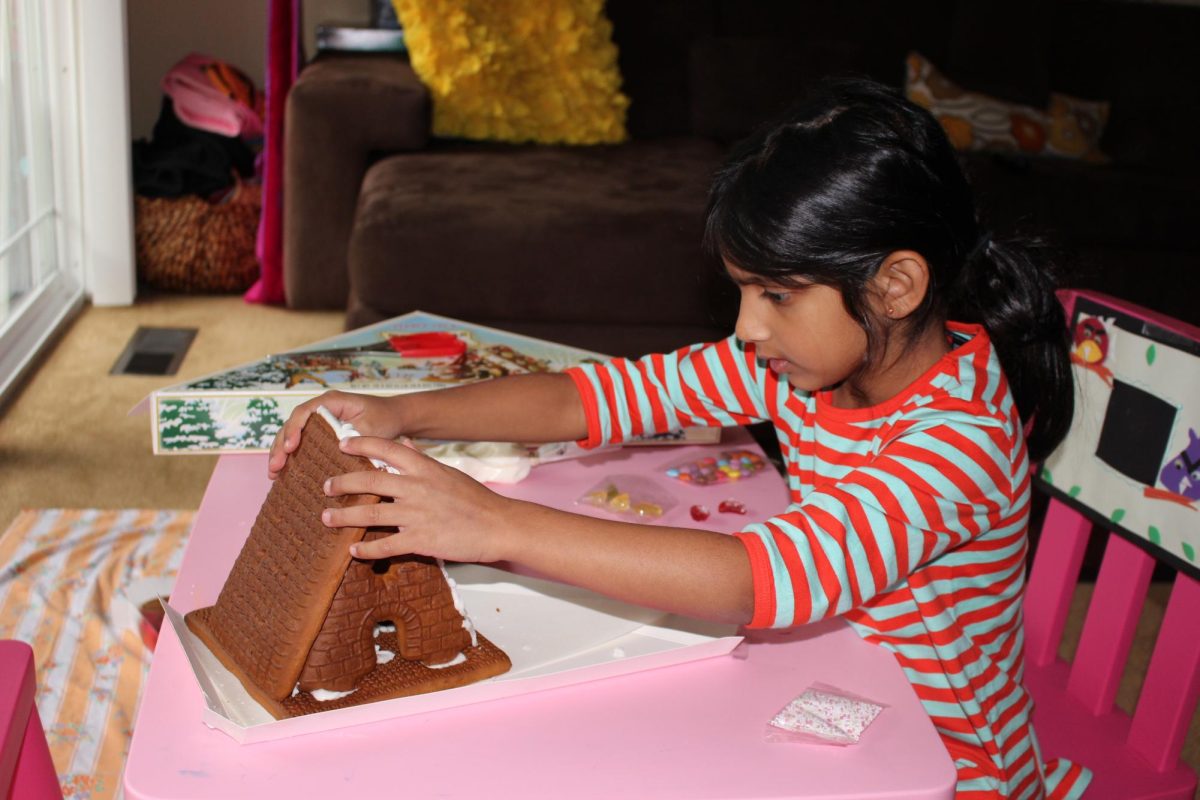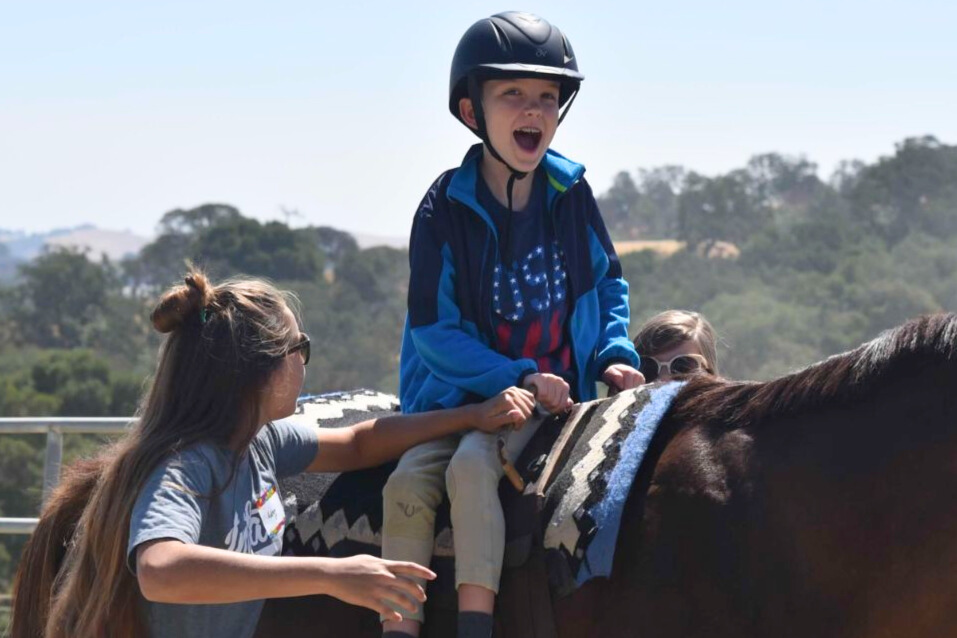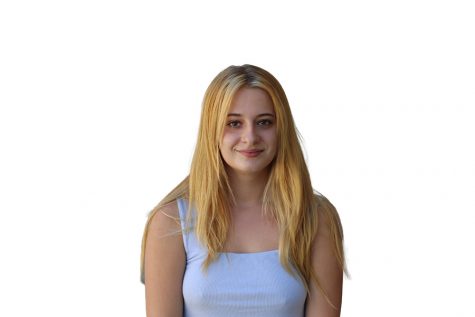The link between our brain and our daily activities is more intertwined than you may have guessed.
According to Dr. John M. Grohol, in Psych Central, the human brain makes patterns and connections automatically, which is why people tend to do something without even realizing it, forming habits. Humans are habitual beings that crave the conduct and stability that comes with daily tasks.
According to licensed counselor Shay Espinosa, habits themselves are simply repeated behaviors or actions that are made almost mechanically; they require little thought and are usually learned in the early stages of human development. They respond to routines and form as a mental shortcut to repeat behaviors we have done before.
According to author Charles Duhigg’s new book The Power of Habits, habits are formed and occur in three steps: the trigger, that makes you do the habit, the routine, the actual habit, and the reward that releases endorphins that helps your brain remember it for the future.
Neuroscientists have traced the behavior to the basal ganglia, a part of your brain that plays a key role in the development of emotions, memories, and pattern recognition. The action is first completed using the prefrontal cortex, where decisions are made. Later, the prefrontal cortex is used less, as the habit becomes an automatic behavior.
New research shows that habits can take almost three months to form compared to old research that used to say 21 days.
Espinosa believes that our brains have gotten lazier due to the increase in technology, which may account for these longer habit formation times.
“We now live in an instant gratification society where we don’t have to work hard for what we want. We instantly want things that create bad habits. We wan to do whatever it takes to fulfill the habit,” Espinosa said.
Habits are formed almost without choice, but it is possible to break them if you put the effort forward.
According to Espinosa the most common way to break a habit is by creating a good habit to replace it with.
“It can be through changing our social circles, improving coping skills, and changing your environment, but nine times out of ten involves changing the people you surround yourself with. We use the cognitive triangle which is if you change your feelings, your thoughts, and your behaviors. So if you change one part you will change all three and that is key to breaking the habit,” Espinosa said.
People regularly get embarrassed by their odd habits, but they are nothing to be ashamed of. Espinosa claims they are a normal part of human life and everyone has them, whether good or bad.
“They’re just natural. They’re not a conscious effort, a lot of people don’t even realize what they do, and so people have to become more aware,” Espinosa said.
Brushing teeth, drinking water, putting your phone down before bed, and smoking are all examples of different habits. According to Espinosa, bad habits increase through generations due to the increase of reliance on technology, almost forcing us to create bad habits instead of better decision-making skills.
Stephen Covey, an American educator, has done numerous studies on habits. He released his best-selling book, The 7 Habits of Highly Effective People, which focuses on a principal-centered approach to bettering yourself and habits rather than outside manifestation, focusing on interdependence, rather than dependence.
Interdependence is taking into account your own needs instead of pleasing or ignoring others. You still provide support for others but also focus on yourself and your personal growth, which is beneficial for everyone.

